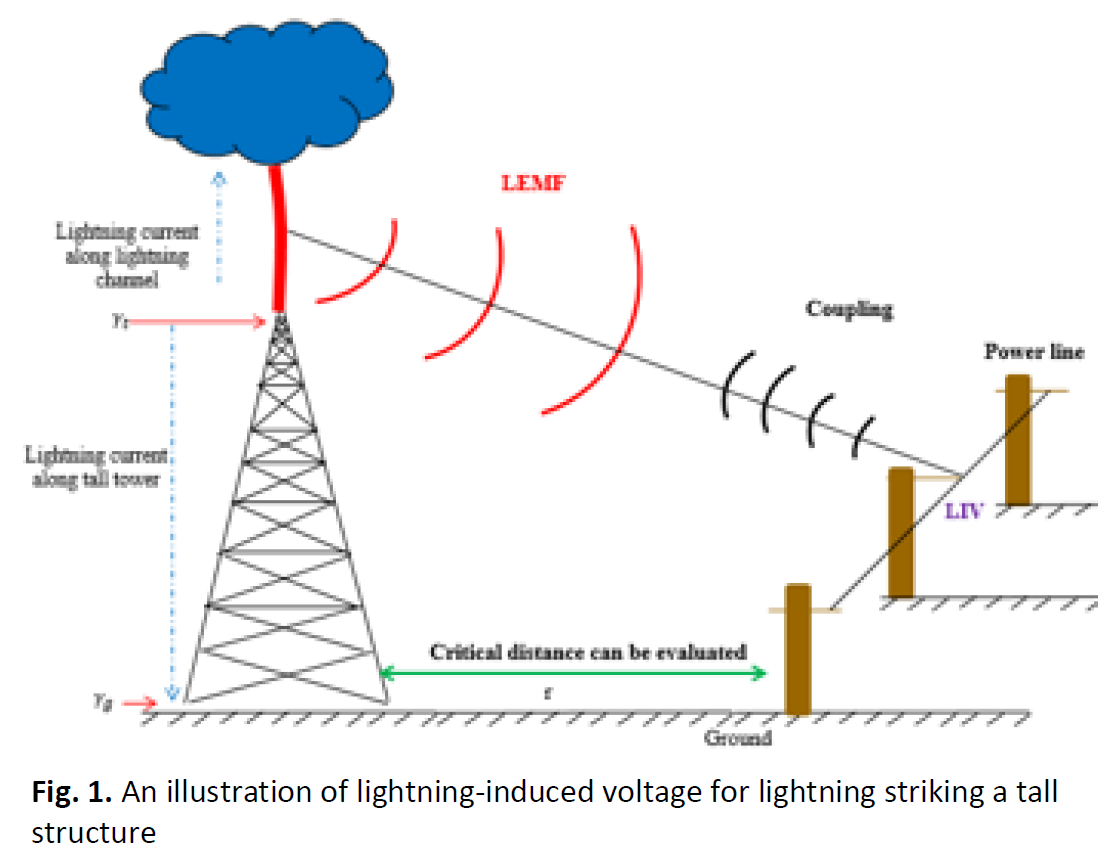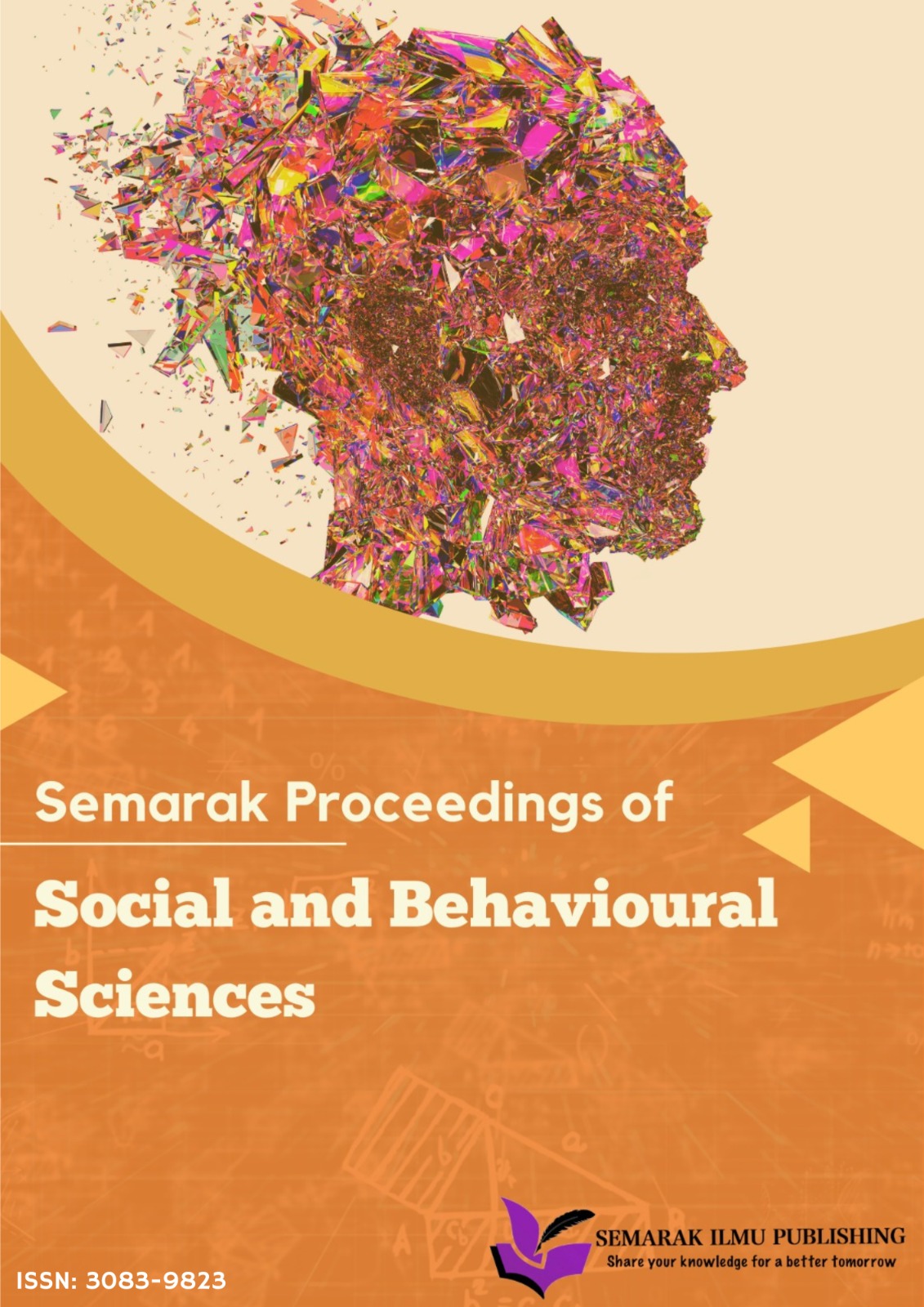Analysis of Electric Field on Overhead Distribution Line due to Lightning Strike
DOI:
https://doi.org/10.37934/spnes.3.1.2531aKeywords:
Lightning, electromagnetic field, distribution power line, transmission line, towerAbstract
The increasing frequency of lightning phenomena, potentially due to climate change, poses significant threats to electrical systems and human safety when they are affected by lightning strikes, known as lightning-induced voltage (LIV). The LIV has a correlated procedure with lightning electromagnetic field (LEMF) and lightning channel base current. Therefore, a proper study needs to be conducted to analyze LEMF, particularly in vertical electric field behavior on the overhead distribution lines when lightning strikes tall structures. The study refers to IEEE 1410-2010 as a guideline and utilizes MATLAB software to generate the results of the lightning current and LEMF. It employs the Heidler model to simulate lightning current in Sabah and hybrid methods of the dipole and finite difference time domain for vertical electric field calculations. The results of the study reveal that the vertical electric field at clay soil resistivity is increased by 10% and reduced as the radial distance increases from the lightning strike point. These findings underscore the elevated risk of LEMF which later LIV in Sabah, necessitating additional precautionary measures. Furthermore, the study promotes the Sustainable Development Goals (SDG) 3, emphasizing healthy living and consumer well-being by ensuring zero fatalities within the electrical system. The study contributes to mitigating the increased lightning hazards in Sabah, an imperative step toward sustainable development and public safety.









